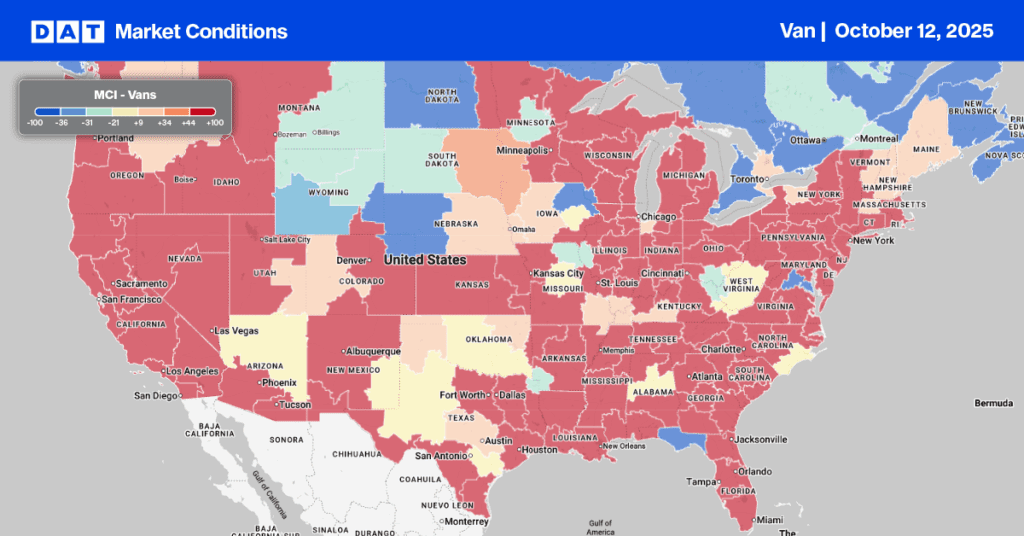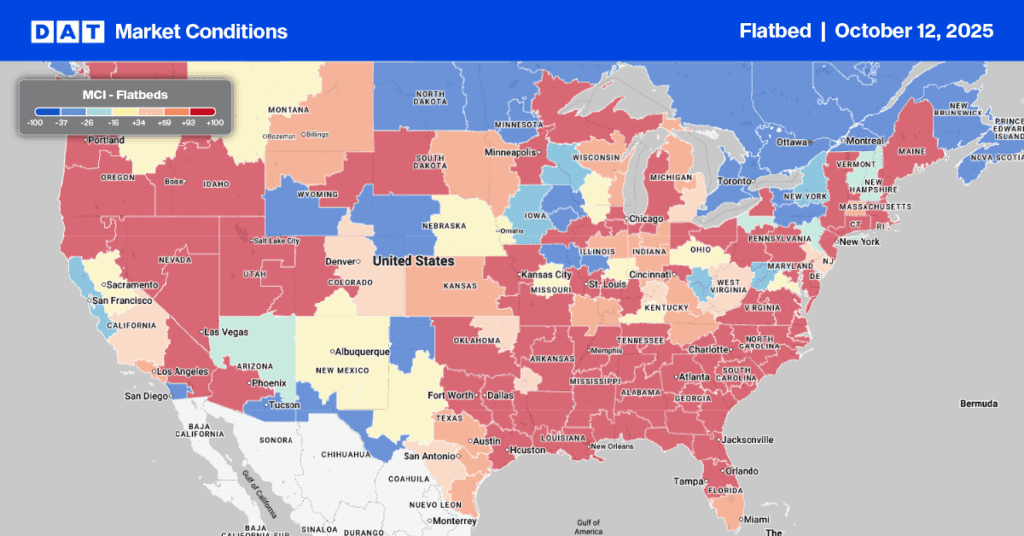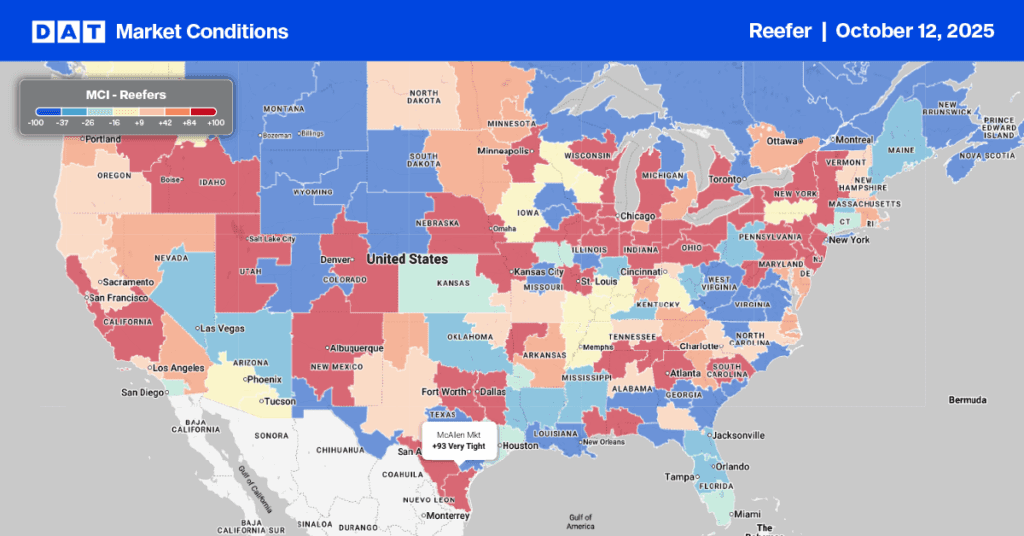We’ve all seen them driving along our interstates and in cities, thousands of huge oil storage tanks storing various products, including crude oil, gasoline, diesel, jet fuel, and more. Refiners often have clusters of storage tanks at their locations to maintain a running inventory of crude oil and store finished products before shipment. They are all located in specific geographic regions to help users analyze data, including supply and demand based on refining capacity (supply) and population density (demand).
According to the Energy Information Administration (EIA), the Petroleum Administration for Defense Districts (PADDs) are geographic aggregations of the 50 States and the District of Columbia into five districts:
- PADD 1 is the East Coast:
- Due to its large population, PADD 1 is further divided into sub-PADDs,
- PADD 1A as New England,
- PADD 1B the Central Atlantic States, and
- PADD 1C comprises the Lower Atlantic States.
- Due to its large population, PADD 1 is further divided into sub-PADDs,
- PADD 2 the Midwest,
- PADD 3 the Gulf Coast,
- PADD 4 the Rocky Mountain Region, and
- PADD 5 the West Coast.
Note: there are two additional PADDs (PADDs VI and VII) that encompass U.S. Territories.
World War II and fuel rationing
During World War II, the Petroleum Administration for War, established by Executive order in 1942, used these five districts to ration gasoline. Gas rationing was done not only to conserve gasoline but also to conserve tires. With the Japanese occupation of most of the Pacific, our rubber supply was severed. Although the Administration was abolished after the war in 1946, Congress passed the Defense Production Act of 1950, which created the Petroleum Administration for Defense and used the same five districts, only now called the Petroleum Administration for Defense Districts.
How much oil supply do we really have?
In October, some social and mainstream media claims that the U.S. would “run out of diesel by Thanksgiving week” were predictably incorrect. That news sent truckers into a spin in the leadup to November’s mid-term elections, fearing the country was about to run out of fuel. That same fear still exists today. The misleading headlines centered on the number of days of inventory the U.S. had in reserve, which at the time was a low of 25.9 days. That was the lowest inventories had been since 2008 and have since increased to 29 days in November. For context, the 30-year average is 35 days of total distillate supply.
An EIA spokesperson told Reuters that the measurement for days of supply only accounts for fuel in storage. “Days of supply does not consider other sources like the amount of distillate fuel being produced at U.S. refineries and the amount of distillate fuel imported into the United States,” they said.
According to the EIA, the US can store 2.2 billion barrels (94 billion gallons) of crude and refined products. Much of that is crude oil, with hydrocarbon gas liquids such as propane coming in second, followed by gasoline, diesel, and jet fuel. In September, ultra-low sulfur diesel distillate (ULSD) inventories stood at just over 2.9 billion gallons against an average daily consumption rate of 168 million gallons.
Inventories are low and prices high, to be sure, but truckers are not about to run out of diesel.


